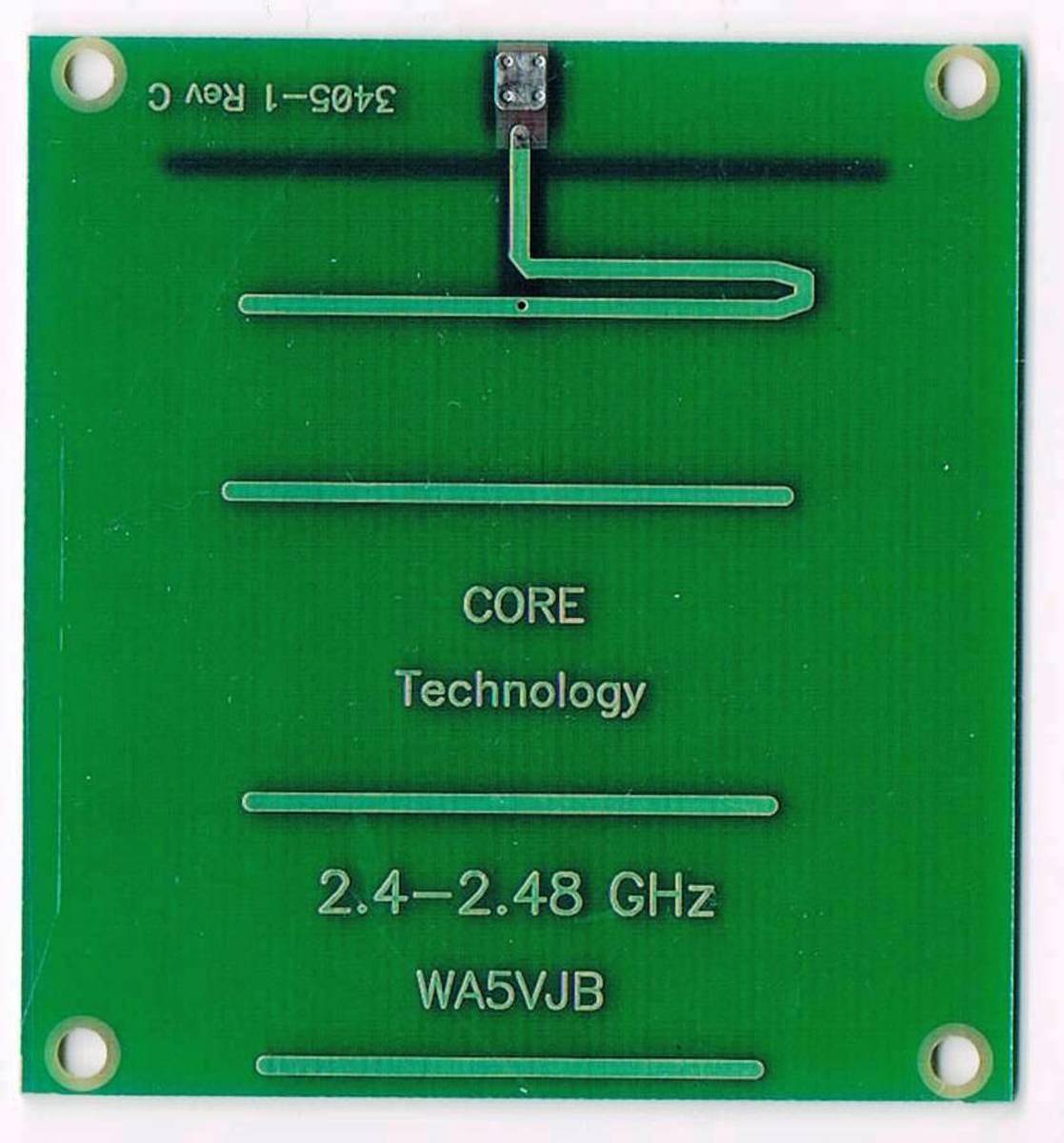An Engineers Guide to Ferrules and Ferruling.
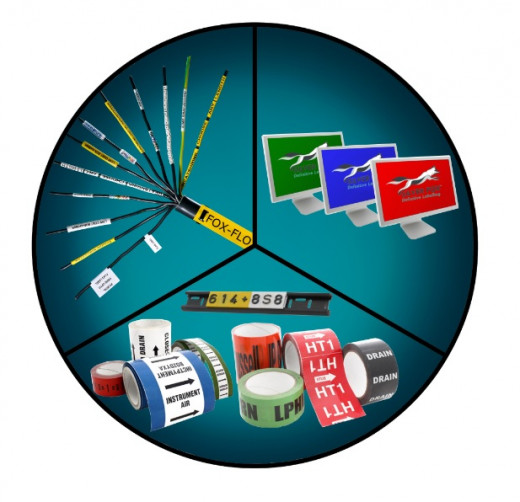
Introduction
There are currently such a wide variety of wire marking solutions, that it is very easy to get confused as to which one is the best for your particular needs, whether you're a client or contractor. This article is aimed to give information about some different labelling techniques, to make the decision of choosing a label type a lot easier. The choices vary from simple individual ferrules, which can be incredibly time consuming and awkward to place on the wire, to high tech machines that produce terminal markers, along with a wide range of other applications. It comes down to the question, what is in it for you?
Individual Ferrules - the time consuming approach
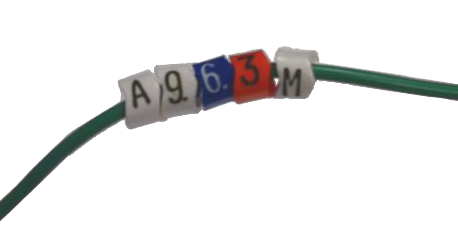
It is a simple assumption that contractors and clients will want to have a straightforward, simple to use and trustworthy solution. However, the straightforwardness, ease and cost-effectiveness of that solution will depend on the complexity of the job in question.
Currently, there are a number of manufacturers that produce products for this market area, including Graftoplast, Partex, Panduit and Silver Fox – which is unique in developing and manufacturing its labelling solutions in the UK.
Ferrules are supplied on rolls like this
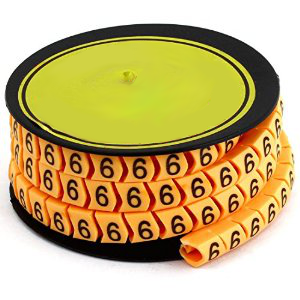
2-Part Labelling
The 2-Part Labelling option
With any wire or cable labelling job that requires, for example, four characters or less, it seems sensible and effective to use manual, individual ferrules. It would take longer to turn on a computer and printer, load them with both the relevant information and blank labels – then produce and apply the labels. It is a far more time-consuming task in comparison to the low tech, old fashioned manual ferrule approach. Anything longer than 4 characters however, and you’re better off using one of the options explained below.
All the companies mentioned above are similar in that they produce 2-part wire marking systems. This means users print the label, either with a thermal printer or an ordinary office laser printer, typically onto a rigid strip of plastic – which forms the ident (ID). The way this system works is that once the ID has been printed, you push this into a clear plastic tubing sleeve. This system is different from other labelling solutions in that the label can be produced and placed in the clear tubing either before or after it is been installed onto the wire – and regardless of whether the wire is already connected, giving the user freedom to change the IDs throughout the project.
An example of 2-Part Labelling

A significant disadvantage of using most 2-part wire systems currently available, is that the plastic strip which is printed on tends to be quite thick. The clear tubing has only a small recess where the ID is fitted into, which results in the label being forced into the gap in the clear tubing, making it difficult to get it both in and out again.
In comparison, Silver Fox’s Legend® 2-part labelling system uses flexible material, and a specially designed tail. It is thin, so easily fits into the label recess, and is easily removed again, if needed. Once the project is finished, the tail end can be removed, but the label can still be changed if needed. This is the innovative Silver Fox ‘pull system’. The tail is thinner than the ID, so it easily fits through the recess of the clear tubing. Once it is through, and out the other end, simply put the rest of the label through, and stop when the ID is in the correct place. This system is far easier, and saves you time.
A major benefit of this system is that the ID can be changed at any stage of the project without cutting it of the wire. So time can be saved in a projects, if something arises during a project and you do have to change the ID. This takes a matter of seconds and compares positively with the added time and cost of cutting a wire, re-labelling it, re-terminating it and finally re-testing the circuit – which would otherwise be necessary. Every project is different, and there are projects where, during construction, there will be many changes, so a 2-part labelling system will be preferred, despite it needing two operations (applying the clear tube, then printing and applying the label) – and using Silver Fox’s 2-part labelling solution is a significant time saving product.
Along with Silver Fox, Partex also offer a 2-part laser print option, the size of an A4 sheet – so it can go through a standard laser printer. Effectively, the Partex sheet produces flexible rectangular labels that are pushed into the clear tubing. However, because of their shape, they cannot vary in length – and since a flexible piece of polyester can’t be pushed into the clear tubing, because it’ll just bend making it difficult to get in. Hence, the favoured Silver Fox ‘pull’ system.
Heatshrink Tubing - an alternative labelling solution
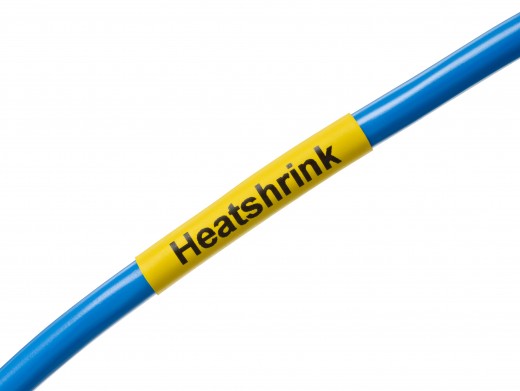
Other types of Labelling
Of course, there are other approaches to wire marking, most notably Heatshrink and Non-shrink tubing methods. These are similar in that you print information onto the tubes. Non-shrink tubing is usually made from PVC and is simply slid onto a wire, while Heatshrink made from polyolefin labels, which are slid onto a wire or cable, then can be shrunk down using a heat gun and comfortably grip to the cable on which they are labelling.
Non-Shrink Tubing - the alternative to Individual ferrules
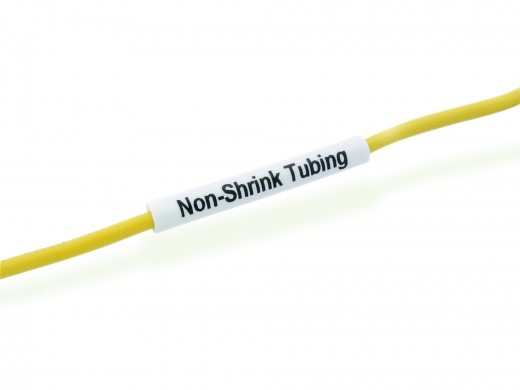
The Non-Shrink Tubing option
It can be particularly helpful in higher volume jobs to use Non-shrink tubing, mainly where there are likely to be few changes, but where it is important to be able to produce the relevant IDs not only cost-effectively but also in a short space of time. A benefit of this method is a single application - just the one tube is slid onto the wire, unlike with the 2-part system, which requires 2 parts, and consequently, 2 operations. The single application saves time, and Non-shrink tubing is a low cost option in comparison to both individual ferrule labelling and Heatshrink tubing.
Both Partex and Silver Fox offer Non-shrink tubing solutions. Silver Fox’s Non-shrink tubing (which is made in the UK) is flexible, matt and oval in shape. Its shape is special because it is designed to enhance the labels grip on the wire, which in turn, stops the label slipping down. You can also leave the label with the text facing up, and it will not move, making identification easier for future references.
While those using a 2-part labelling approach have the option of using either a standard laser printer, or a thermal printer, Silver Fox’s Non-shrink labels can only be printed using its ‘Plug‘n’Play’ thermal printer. There are benefits to this however, as it has a unique feature which allows 2 strips of label to be printed concurrently. Whether printing labels for both ends of a wire, or just printing a straightforward job using this method offers maximum use from the thermal ribbon. Furthermore, this decreases the time spent on printing. Silver Fox have developed its software and hardware to produce its current solution, where one software, one printer and one ribbon can be used to print all its thermal labels, which saves companies both time and money.
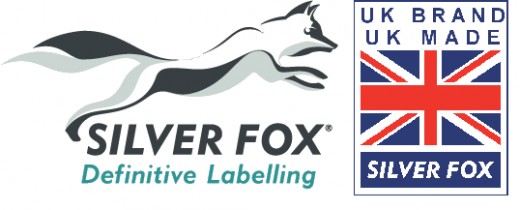
An extra bonus from using the Silver Fox system, is that, when creating ferrules, users can select the length of label they require. This can be any length and there is no limit to the number of letters or numbers that can be printed on each label, it is 100% customisable, and tailored to individual needs.
It is important to choose the right labelling solutions for you, and what is most appropriate for your project. In order to do this, careful consideration is needed. Silver Fox understand that labelling is only a small part in most projects, but it is also necessary, so they have spent a lot of time developing their products to make them suitable for you.


